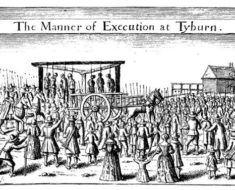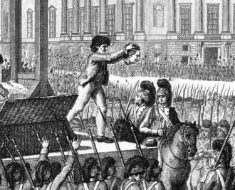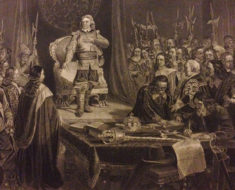For a short period in the late 18th century, France gave time a reboot. The year 1792 became Year 1. Clocks changed from having twelve hours to having ten. And seven-day weeks became ten-day weeks, with three per month. The French Revolution had kicked out the king and swept aside any traces of religion from the calendar. This was just one of the ways the new government attempted to eliminate the ancien régime (the old monarchic regime).
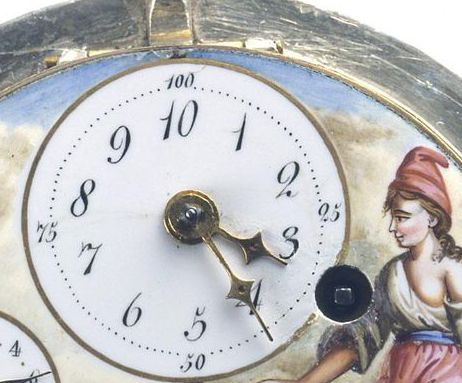
A 10-hour clock from the French Revolution
Moving to a decimal system eliminated the concept of a seven-day work week. There was no longer a day of rest on the Sabbath. Time to rest came after nine days. If it sounds rough, that’s because these were rough times. The guillotine severed 2,918 Parisian heads between July 14, 1789 and October 21, 1796, often for crimes as little as sharing a negative opinion about the revolution. Victims of the blade included churchmen, magistrates, monks, financiers, lawyers, doctors, artisans, farmers, gardeners, and of course, Louis XVI and later, his wife, Marie Antionette. This means it probably wasn’t a good idea to complain about the new measurement and nomenclature for time.
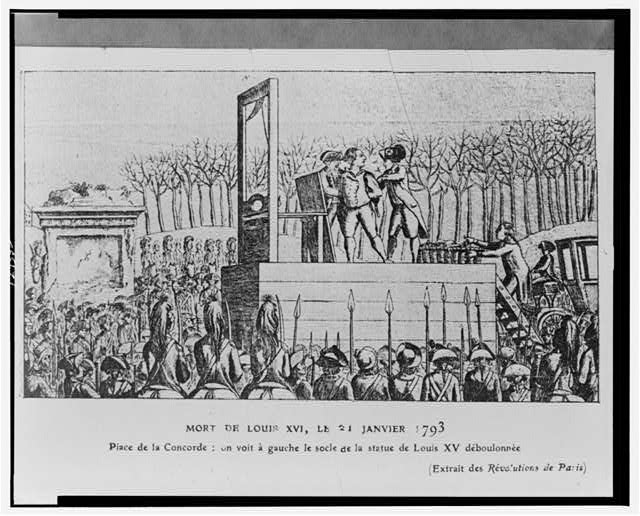
The Guillotine takes on Louis XVI during the French Revolution. This image is titled “Mort de Louis XVI, le 21 janvier 1793 Place de la Concorde – on voit à gauche le socle de la statue de Louis XV déboulonnée.” Image accessed from the Library of Congress.
Here’s how it worked. When the Republic was proclaimed on September 22, 1792, it was decided that that day would mark the beginning of Year 1 of the French Republic. The months were renamed to align with aspects of the seasons:
1. Vendémiaire – Month of the Vintage
2. Brumaire – Month of Fogs
3. Frimaire – Month of Frosts
4. Nivôse – Month of Snow
5. Pluviôse – Month of Rains
6. Ventôse – Month of Winds
7. Germinal – Month of Budding
8. Floréal – Month of Flowering
9. Prairial – Month when Crops Ripened
10. Messidor – Month of Harvests
11. Thermidor – Month of Heat
12. Fructidor – Month of Fruit
The twelve thirty-day months left five extra days at the end of the year, or six in leap years. These were designated as holidays:
1. Fete de la vertu (Celebration of virtue)
2. Fete du genie (Celebration of genius)
3. Fete du Travail (Celebration of labor)
4. Fete de l’opinion (Celebration of opinion)
5. Fete des recompenses (Celebration of rewards)
6. Jour de la revolution (Day of the revolution)
The days of the week received names aligning with the number of the day:
1. Primidi
2. Duodi
3. Tridi
4. Quartidi
5. Quintidi
6. Sextidi
7. Septidi
8. Octidi
9. Nonidi
10. Décadi
The Revolutionary Calendar lasted until shortly after the French Revolution ended, at Napolean’s coronation on December 2, 1804. By January 1, 1806, which otherwise would’ve been known as the 11th day of Nivôse, Napolean had reinstated the Gregorian calendar. Today, its abolishment is one of the emperor’s lesser known conquests.
One thing, however, remains from the Republic’s decimal efforts: the metric system. Despite our efforts to not use it.



